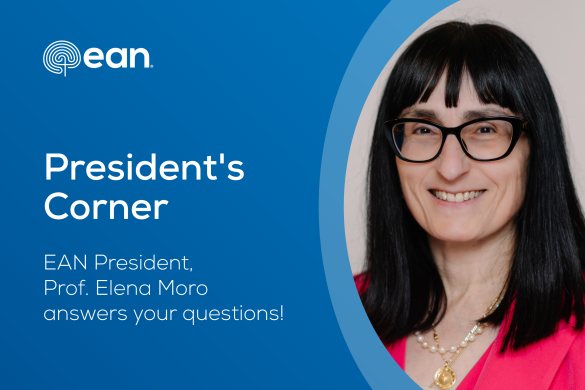For June we selected two co-Papers of the Month:
Tabar V, Sarva H, Lozano AM, Fasano A, Kalia SK, Yu KKH, Brennan C, Ma Y, Peng S, Eidelberg D, Tomishima M, Irion S, Stemple W, Abid N, Lampron A, Studer L, Henchcliffe C. Phase I trial of hES cell-derived dopaminergic neurons for Parkinson’s disease. Nature. 2025 May;641(8064):978-983. doi: 10.1038/s41586-025-08845-y. Epub 2025 Apr 16. PMID: 40240592; PMCID: PMC12095069.
Sawamoto N, Doi D, Nakanishi E, Sawamura M, Kikuchi T, Yamakado H, Taruno Y, Shima A, Fushimi Y, Okada T, Kikuchi T, Morizane A, Hiramatsu S, Anazawa T, Shindo T, Ueno K, Morita S, Arakawa Y, Nakamoto Y, Miyamoto S, Takahashi R, Takahashi J. Phase I/II trial of iPS-cell-derived dopaminergic cells for Parkinson’s disease. Nature. 2025 May;641(8064):971-977. doi: 10.1038/s41586-025-08700-0. Epub 2025 Apr 16. PMID: 40240591; PMCID: PMC12095070.
Parkinson’s disease (PD) is a progressive neurodegenerative disorder characterized by the degeneration of dopaminergic neurons. While medical treatments can alleviate symptoms in the early stages, long-term therapy often leads to complications such as motor fluctuations and drug-induced dyskinesias. Therefore, cell-based therapies have been explored as a strategy to replace lost dopaminergic neurons.
Our first Paper of the Month (Tabar et al. 2025) presents an open-label phase 1 clinical trial evaluating the safety and tolerability of bemdaneprocel, a cryopreserved, off-the-shelf dopaminergic neuron progenitor cell product derived from human embryonic stem cells. Bendaneprocel was surgically implanted bilaterally into the putamen of 12 patients with PD, who received either a low dose (0.9 million cells per putamen; n = 5) or a high dose (2.7 million cells per putamen; n = 7). To prevent graft rejection, all participants received immunosuppressive therapy for one year. At 12 months post-transplantation, no serious adverse events related to the treatment were reported. Importantly, there were no signs of tumor formation, abnormal tissue overgrowth, or intracerebral hemorrhage. Similarly, at the 18-month follow-up, the safety profile remained favorable, and no graft-induced dyskinesias were observed. The procedure was deemed feasible, as all planned cell deposits were successfully delivered intraoperatively in every participant. At 18 months, patients demonstrated improvements in motor function, and F-DOPA PET imaging revealed a bilateral increase in mean uptake in the putamen.
The second Paper of the Month (Sawamoto et al., 2025) presents results from a phase I/II trial conducted at Kyoto University. In this study, seven PD patients received bilateral striatal transplantation of dopaminergic progenitors derived from allogeneic induced pluripotent stem cells. Participants were administered either a low dose (2.1–2.6 × 10⁶ cells per hemisphere; n = 3) or a high dose (5.3–5.5 × 10⁶ cells per hemisphere; n = 4), along with 15 months of tacrolimus-based immunosuppression. No deaths or serious adverse events occurred. Of the 73 adverse events reported, 72 were mild, and one was a moderate case of dyskinesia. MRI monitoring revealed a gradual increase in graft size over 24 months, with no signs of tumorigenic overgrowth. Clinically, four out of six participants demonstrated improvement in MDS-UPDRS part III OFF scores at 24 months post-transplantation.
In conclusion, these studies suggest that transplantation of dopaminergic progenitor cells into the striatum is safe, does not result in tumor formation, and may confer meaningful clinical benefits for patients with Parkinson’s disease. These findings support further exploration of cell-based approaches for PD treatment.














